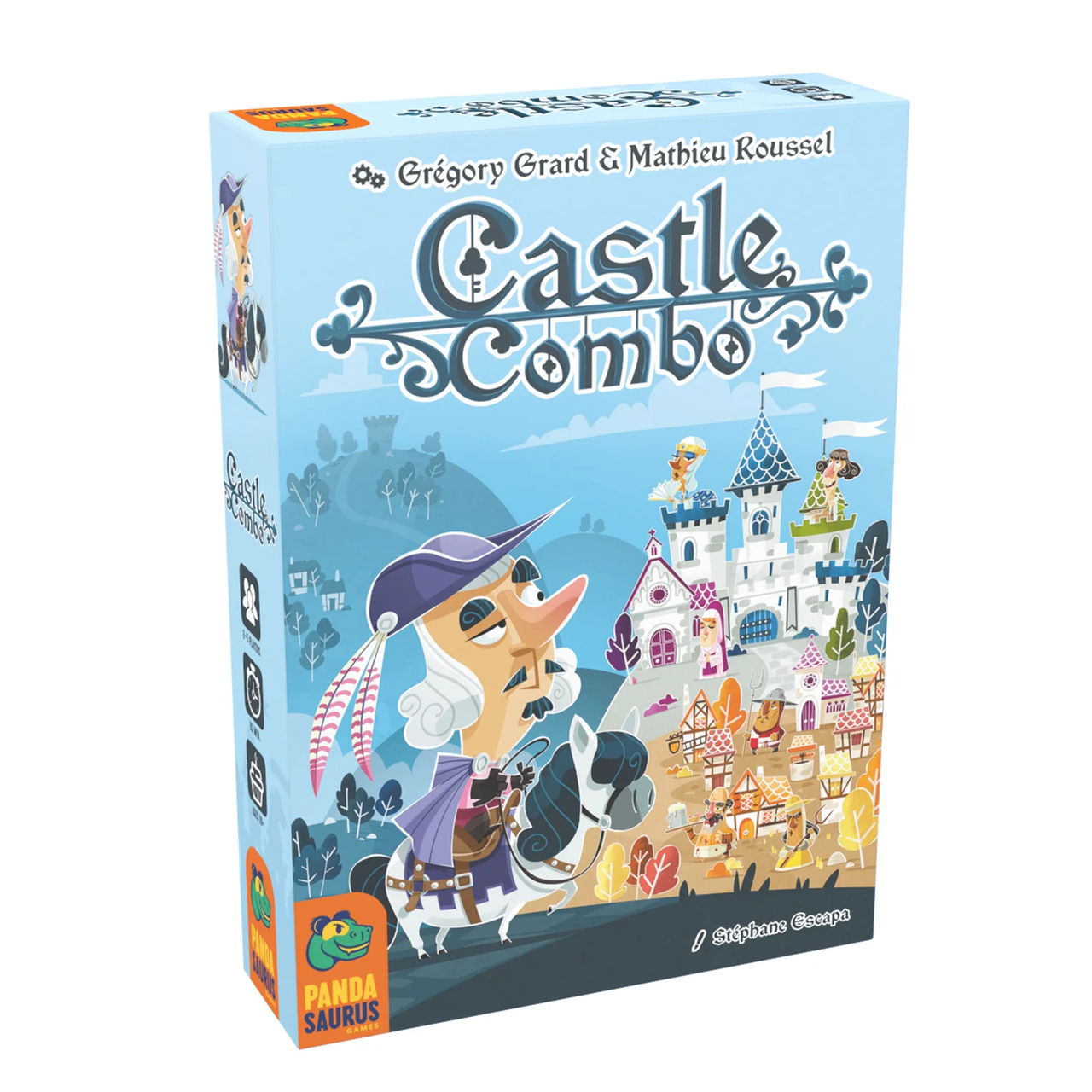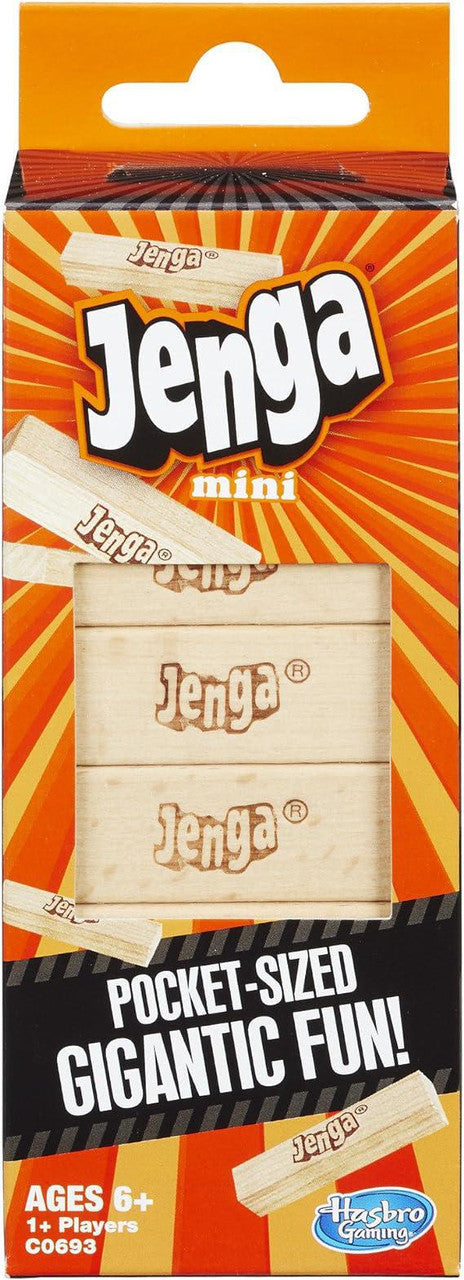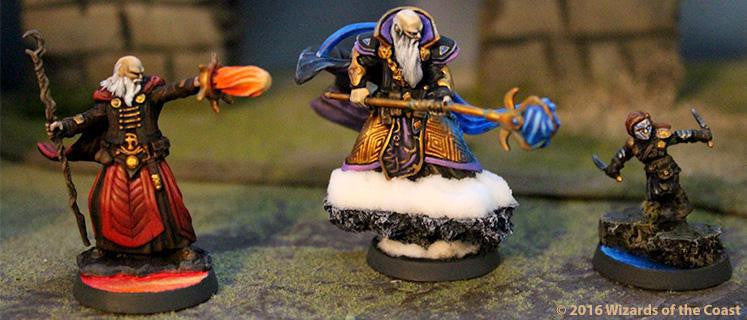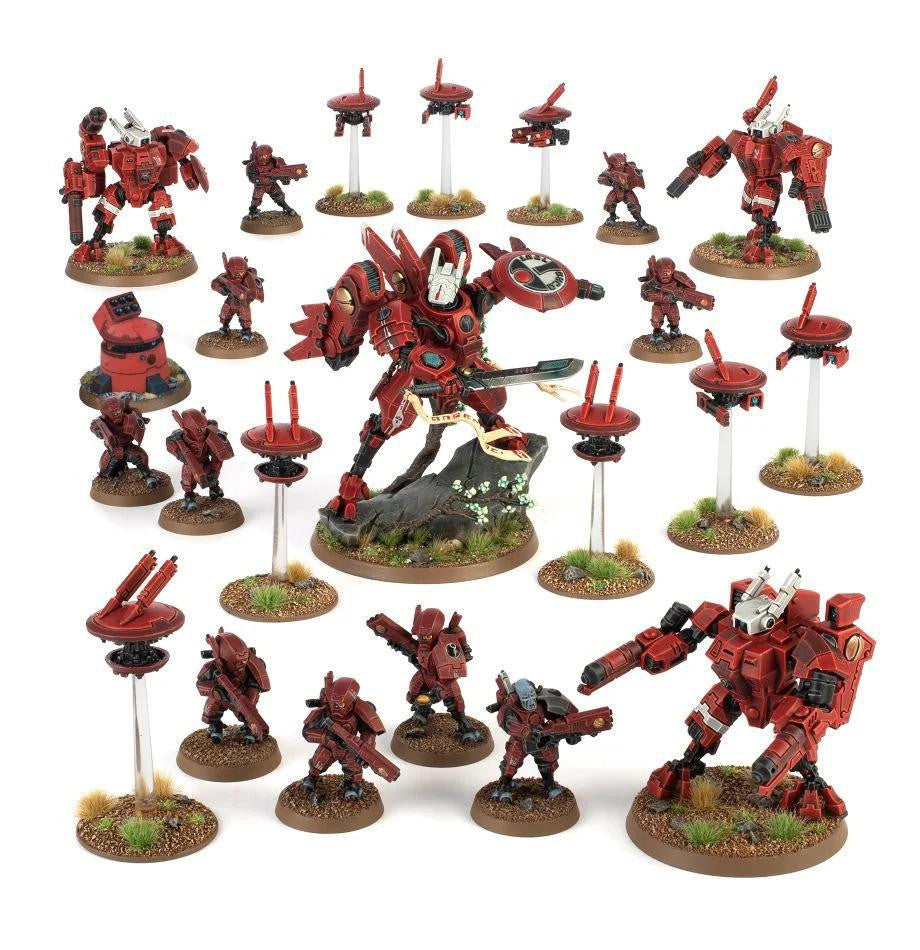The Rebel Alliance fights valiantly against the tyranny of the Galactic Empire. Each new victory brings the Rebels hope, and each heroic sacrifice strengthens their resolve. Still, the Empire’s resources are vast, and the firepower of its Empire Navy is unmatched. With neither side willing to accept defeat, their war rages across the galaxy…
Welcome to Star Wars™: The Deckbuilding Game! This new head-to-head game for two players brings the galaxy-spanning war between the Galactic Empire and the Rebel Alliance to your tabletop. In this easy-to-learn game, you and your opponent each choose a side, playing as either the Empire or the Rebels, and as the game progresses you both strengthen the power of your starting decks and work to destroy each other’s bases. The first player to destroy three of their opponent’s bases wins the game!
A Duel Between Decks
At the beginning of the game, both players start with a ten-card starter deck themed after their faction (Empire or Rebels). These starter decks don’t have a lot of firepower, with seven of the ten cards being unable to do anything but generate resources. The goal of the game is to destroy three of your opponent’s bases before they do the same to you, so you’re going to need a bit more power. Thankfully, that’s where those resources come in.
In the center of the table are the galaxy deck and the galaxy row. The galaxy deck is made up of Empire cards, Rebel cards, and neutral cards, and there are always six cards laid out face-up next to the deck to form the galaxy row. Empire cards in the galaxy row are turned to face the Empire player while the Rebel cards are turned to face the Rebel player (neutral cards are turned sideways so both players can read them easily). During your turn, you can use the resources you generate to purchase cards belonging to your faction or neutral cards.
When you purchase a card, it goes into your discard pile, which means you won’t actually be able to use the new card until your deck reshuffles. That said, as you continue to purchase more and more cards, your deck will grow stronger and stronger.
Stay on Target
Once you have acquired some cards with decent attack power, it’s time to go on the offensive. You can use your cards to attack your opponent’s base (which you will need to do to win the game), but you can also use them to attack cards of your opponent’s faction in the galaxy row. This is called either “bounty hunting” or “sabotage,” depending on your faction.
Each Rebel and Empire unit card in the galaxy row has a “target value” and a reward, which are displayed upside-down so that the opposing faction can read them. If you commit an amount of attack power to an opposing unit equal to or greater than its target value, then that card is discarded from the galaxy row and you get to claim the reward!
In addition to units, players can also find capital ships in the galaxy row. These are special cards for a couple of reasons; first, unlike unit cards, capital ships stay in play and are not discarded at the end of the round. Second, before your opponent can deal damage to your base, they must destroy each capital ship you have in play. With abilities that help you on your turn and some protection for your base on your opponent’s turn, capital ships are always worth the investment!
Of course, the bases themselves are also a factor in your strategy. The Rebels always start with and the Empire with , neither of which has any inherent abilities; however, once your base is destroyed, you can choose a replacement from your base deck. Each base (other than the starting bases) has its own special ability, which means you’ll need to choose your second and third bases carefully in order to maximize their potential. Just remember that if your third base is destroyed, you lose the game!
Use the Force
The balance of the Force can tip the scales between the Empire and the Rebels. In Star Wars: The Deckbuilding Game, this is represented by a Balance of the Force track.
Several cards have abilities that say: “If the Force is with you…” These abilities can only be used when the Force marker is on your side of the Balance of the Force track. Each time you gain Force, the force marker is moved toward your side of the track by the indicated amount. If the Force is all the way to your side at the start of your turn, you gain one additional resource to use for that turn, which means it’s always worthwhile to tip the balance in your favor.
The Force begins the game all the way on the Rebels’ side, but the Empire gets to take the first turn. Regardless of which faction you play as, what you choose to do in those opening moves can have a lasting impact on the rest of the game.






































